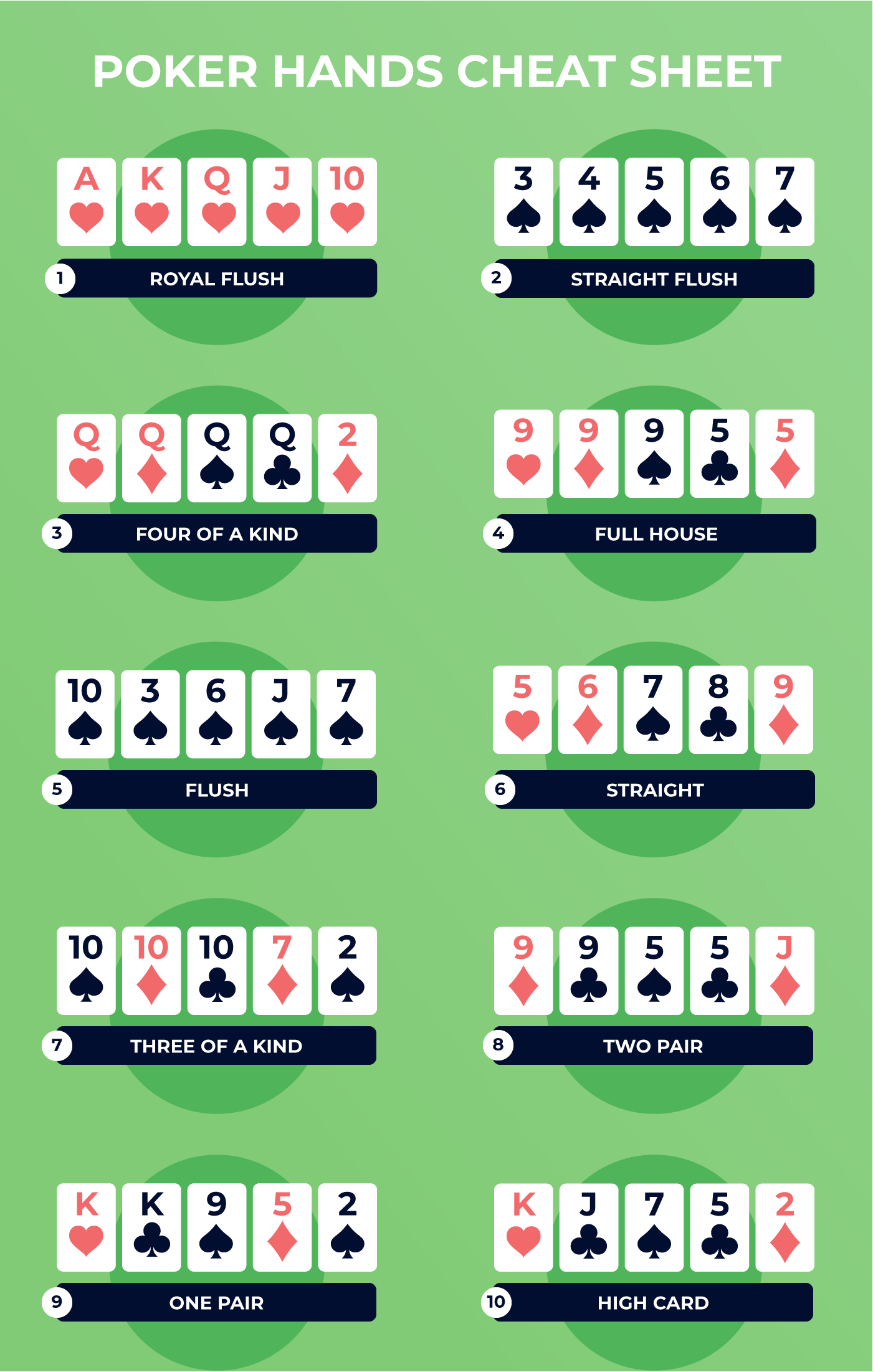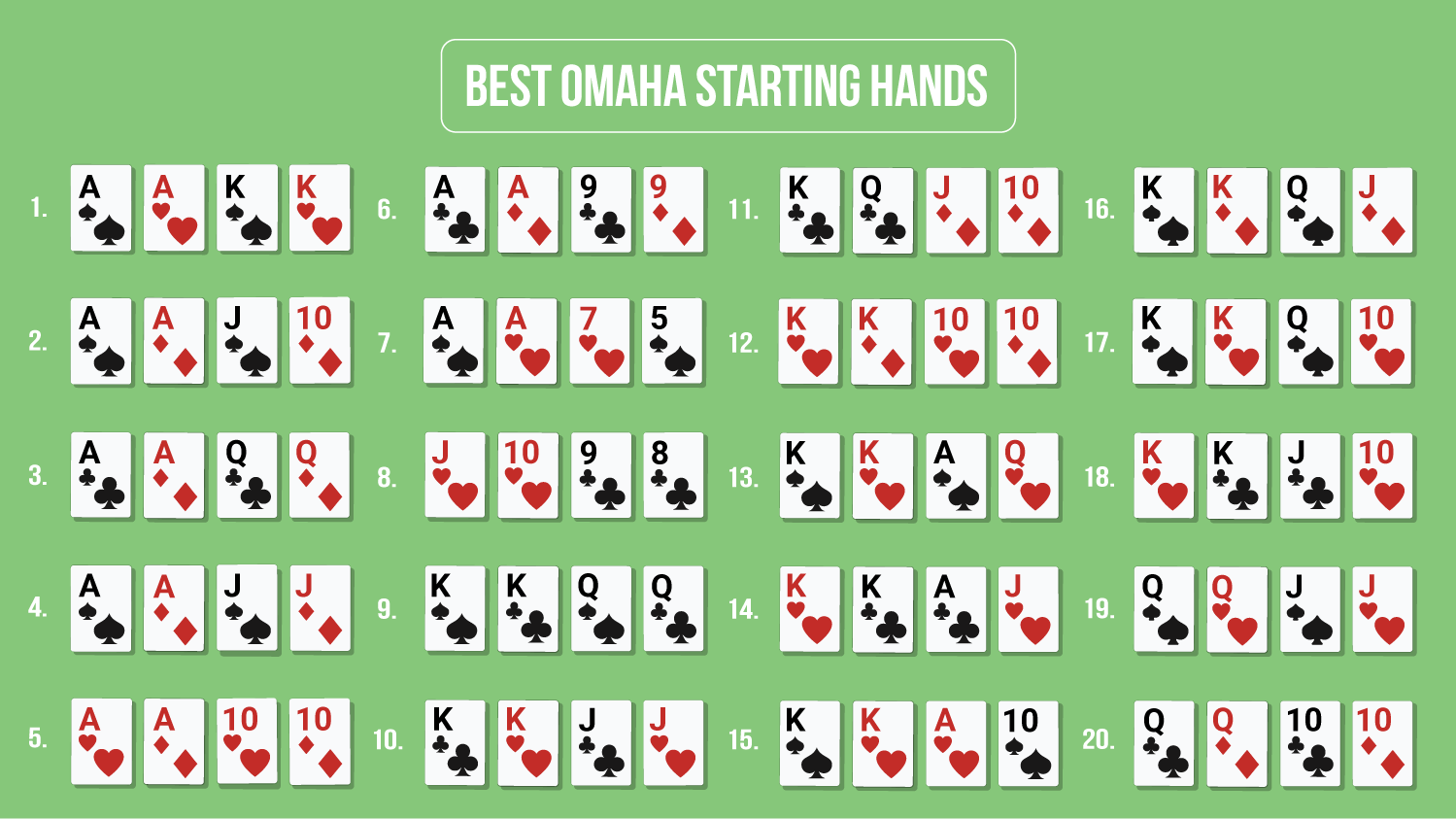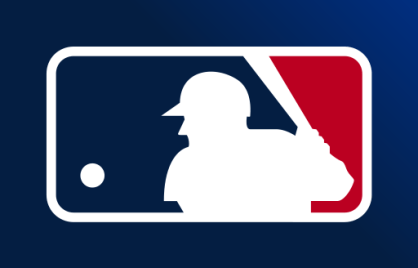What is Omaha Poker? A Fast Beginner’s Guide

In Omaha poker, each player is dealt four hole cards, twice as many as in Texas Hold’em. This means each player can make more potential hands, resulting in a bigger action, bigger chips stacks game — even when adjusted for stakes.
Omaha Poker Game: What You Need to Know
- The main difference between Texas Hold’em and the Omaha card game is that each player is dealt four hole cards, instead of two.
- The larger number of hole cards leads to a greater number of possible hands per player, which increases the pace and volatility of the game.
- If Texas Hold’em is the chess of poker, the Omaha poker game is more like boxing. Omaha Hold’em is fast, punchy, and has greater highs and lows than the more considered pace of Texas Hold’em.
- The Omaha card game is popular amount casual players, because of the faster pace, but it can also be a welcome break from the occasional boredom of a high intensity Texas Hold’em tournament.
Texas Hold’em walked so the Omaha game could run. These days, whenever you go to play poker at a casino or online casino, especially in Europe, you’ll likely see ‘Omaha poker’ tables running and it’s hugely popular with online poker players.
But what are the rules of Omaha poker? This article will teach you everything from how to play Omaha poker game to the essential strategy tips you need to know in order to master the Omaha card game.
How Does Omaha Poker Differ from Texas Hold’em: An Overview
While Omaha poker is fairly similar to its Texas cousin, there are a number of important differences, including:
Difference #1: Higher Variance and Larger Bankroll Requirements
If you’ve ever watched professional poker players play video poker on TV, you’ve probably noticed something: it’s slow. Very slow.
There’s more in common with watching a chess match than there is a high-intensity sports match or even a slot machine pull. It’s a long, drawn-out, thoughtful and methodical game. Even to the players, there can be long spells of boredom.
Omaha poker differs from Texas Hold’em in that it’s considered to be ‘higher action’ — in other words, more intense. The Omaha card game is not for the faint of heart. It’s a game that thrives on volatility and big swings, creating an experience that is thrilling for some and nerve-wracking for others.
Increased Volatility Comes with Two Major Impacts:
- Recreational Gamblers Love to Play Omaha Poker: The fast-paced nature and frequent big hands make Omaha more exciting and appealing to casual players.
- Professional Poker Players Have a Decreased Mathematical Edge: The added complexity and increased variance mean that even the best poker players can experience larger swings in their bankrolls.
Because the Omaha card game is such a swingy game, you need an even larger bankroll to play an Omaha game than you do for Texas Hold’em. The higher variance means you have to be prepared for big upswings and downswings. A financial buffer is necessary.
Reason #2: More Hole Cards and Hand Combinations
In Texas Hold’em, each player is dealt two hole cards, leading to a relatively straightforward calculation of potential hands and probabilities.
How Omaha Hold’em differs from Texas Hold’em is that each player is given four hole cards — dramatically increasing the number of possible hand combinations. This change has a profound effect on gameplay:
- More Possibilities: With four hole cards, players have many more ways to make strong hands. This means that the winning hand at showdown is often much stronger in the Omaha card game than in Texas Hold’em. Hands that would be considered monsters in Hold’em, like two pair, are frequently second-best or worse in Omaha Poker.
- Greater Complexity: The increased number of hole cards adds layers of complexity to the decision-making process. Players must consider not only the best possible hand they can make but also the best hand their opponents might have. Not only are you more likely to make a strong hand, your opponents are too.
Mentally, you need to adjust what you consider to be a ‘good hand’ in Omaha Poker versus Texas Hold’em. Sets and straights can become weak hands. Have a flush? It better be a ace-high flush or the nut flush — you are much more likely to get flush over flushed when playing in an Omaha poker game
Reason #3: Bluffing in an Omaha Poker Game
Bluffing is an essential part of any poker game, but it takes on a new dimension in Omaha card game compared to Texas Hold’em. This is one area how Omaha poker differs from Texas Hold’em wildly.
- Frequency of Bluffing: In Texas Hold’em, bluffing is a common and often necessary strategy. The simplicity of having only two hole cards makes it easier to represent a wide range of hands. Remember, in a Texas Hold’em online poker game, it’s less likely that any player has a hand they feel particularly attached to or excited about. You can ‘scare’ people off a hand — making bluffing in Texas Hold’em more frequent than in Omaha.
- More Players Seeing the Flop: In traditional Texas Hold’em poker tournament, you are likely only going to be facing off against one or two opponents. Large multiway pots are rare, especially at high stakes. But in Omaha poker, since four hole cards can make starting hands stronger, more people tend to see flops.
- Inability to Go ‘All-in’: Bluffs are more effective when you can bet a large amount of chips or money, applying significant pressure. Most Omaha games are ‘PLO’ — Pot-Limit Omaha. Your maximum bet is capped at the size of the pot, limiting your ability to go all-in as frequently or bet an amount large enough to shake your opponent off their hand. This restriction means that you can’t apply as much pressure with a single bet as you can in No-Limit Texas Hold’em, making bluffs less intimidating.
Bluffing against multiple players is risky in both games, but it’s much trickier to bluff several opponents than it is to bluff one. With more players seeing the flop in Pot Limit Omaha, there’s a higher chance that someone has a strong poker hand or a strong draw.
Coupled with the fact that you can’t bet as much on the earlier streets (betting rounds), bluffing in Omaha is definitely rarer and more challenging.

Image credit: RomanR/Shutterstock
How is Omaha Poker Different from Texas Hold’em: The Rules
While the Omaha card game and Texas Hold’em share many similarities, including the use of community cards, poker table positions, and the overall structure of betting rounds, they have several critical differences:
1. Hole Cards: In Texas Hold’em, players receive two hole cards. In Omaha, players receive four hole cards.
2. Hand Composition: In Texas Hold’em, players can use any combination of their hole cards and the community cards to form the best poker hand. In Omaha, players must use exactly two of their hole cards and exactly three of the five community cards.
3. Pot-Limit Omaha vs. No-Limit: While both games have multiple variants, Omaha is often played in Pot-Limit form (Pot-Limit Omaha, or PLO), whereas Texas Hold’em is commonly played in both No-Limit and Limit formats. ‘Pot-Limit’ simply means you cannot bet larger than the pot size at any given time. So if there is $80 in the pot, your max bet is capped at $80 in that particular instance.
As you can see, the rules for how to play Omaha poker are not exactly the same. Even though you are given four hole cards, you can only use two in your final hand combination.
Here are some examples:
- You’re holding three clubs in your hand, and the board contains two clubs. That does not mean you have a flush.
- Your hand contains a queen, a jack, and a ten, and the board contains an ace and a king. That does not mean you have a straight.
As a matter of fact, you must use two of your hole cards. Only two cards can ‘play.’
- There are four spades on the board, and you hold the ace of spades. Do you have the ace-high flush? No – not unless you incorporate another hole card with a spade.
According to the Omaha poker rules, there is no such thing as a ‘four-card flush’ or a ‘one-liner straight’ like there is in Texas Hold’em. This often trips up beginners to poker when they first learn how to play Omaha poker. That aside, the hand rankings remain the same.
Here they are below if you need a quick poker cheat sheet or refresher.

Omaha Poker Hand Rankings
Omaha poker hand rankings are identical to those in Texas Hold’em. From highest to lowest, they are:
1. Royal Flush: A, K, Q, J, 10, all of the same suit.
2. Straight Flush: Five consecutive cards of the same suit.
3. Four of a Kind: Four cards of the same rank.
4. Full House: Three of a kind combined with a pair.
5. Flush: Five cards of the same suit, not in sequence.
6. Straight: Five consecutive cards of different suits.
7. Three of a Kind: Three cards of the same rank.
8. Two Pair: Two pairs of cards of the same rank.
9. One Pair: Two cards of the same rank.
10. High Card: The highest card if no other hand is made.
Basic Omaha Poker Game Strategies
Now that you have a general grasp of how to play an Omaha game and how it differs from Texas Hold’em, let’s finish off by going over essential Omaha game poker strategies. These are key tips to keep in mind.
Nuts or Nothing
The importance of starting hand selection in Omaha poker cannot be overstated. Unlike Texas Hold’em, where you might play a wider range of hands, in an Omaha game, you want to focus on hands that have the potential to make the nuts (the best possible hand).
Look for hands with the ability to make ace-high and king-high flushes — otherwise you are likely to get coolered. Low cards go significantly down in value. Since two pairs are almost worthless too, it doesn’t make sense to play hands hoping to make a low straight, flush, or bottom two pair.
For example, the best starting hand in Omaha is A♠️ A♦️ K♠️ K♦️. Why is this? You can make the ace-high flush in two different suits (you are ‘double-suited’), you can make the nut straight on a Q-J-T board, and your sets and full houses will be higher than other players’ sets and full houses.
Most money in an Omaha card game comes from people overvaluing their hands. You can easily beat your opponents if they evaluate hand strength in an Omaha card game the same way they do in Texas Hold’em.
Even though the hand rankings are the same, the relative hand strength is not.
The fastest way for a poker beginner to start winning in poker is by aiming to only play the nuts. Be as conservative as possible. A full house is even risky in Omaha poker if it’s a low full house — and the best way to avoid getting stuck with ‘bottom boat’ is by not playing small cards in the first place.

Pot Control
Be cautious about building large pots unless you have a strong hand. Omaha poker is a game where the nuts changes frequently. You don’t want to invest a lot of chips in a pot unless you are confident you have the best hand or a very strong draw.
Drawing Hands
In an Omaha game, drawing hands are incredibly powerful. Hands that have the potential to improve to the nuts should be played aggressively. With more hole cards in play, draws are more likely to complete as there are often more ways to connect.
An Omaha card game is a more dynamic game than Texas Hold’em, meaning the best hand on the flop is unlikely to be the best hand on the river. This is why you should focus on playing draws to the nuts, rather than get attached to flopped pairs, two pairs, or sets.
As you transition from Texas Hold’em to Omaha Hold’em, remember that mathematical advantages are narrower. In Texas Hold’em, you might often find scenarios where your hand is an 80% favorite against your opponent.
In Omaha poker, it’s rare to have such a significant edge — you might be lucky to have a 55% advantage. The four hole cards reduce the extremes of advantage or disadvantage each player can have. That’s why focusing on nutted draws is crucial — these hands are much less prone to vulnerability.
All-In On Omaha Poker: Final Thoughts On Mastering The Game
Switching from Texas Hold’em to Omaha poker opens up a faster, more intricate game with bigger swings and unique challenges.
The Omaha poker game’s key differences — like higher variance, slimmer mathematical margins, and capped bet sizes — add depth to the game. Stay flexible because the best hand can easily change from flop to turn to river in Omaha.
Bluff rarely and carefully — if you don’t have the nuts, do it in a situation where you know that your opponent doesn’t either (ex. you hold the nut flush ‘blocker,’ such as the ace of hearts, making it impossible for them to have the best possible flush of that suit).
Whatever you do, keep in mind that Omaha poker is a popular twist for a reason — its merciless volatility is a great exercise for pros and recreational players alike.
Now that you’ve learned how to play Omaha poker, brush up on your betting and bluffing skills with easy-to-learn tips and tricks from the experts:
- Understanding Poker Table Positions (And Why They Are SO Important!)
- Texas Hold’em Hand Rankings – Which Poker Hands Beat Which?
- Understanding All-In Poker Rules: When & Why You Should Go All-In
- 10 Essential Poker Statistics That Will Change Your Game
Title image credit: Vitalii Borkovskyi/Shutterstock


